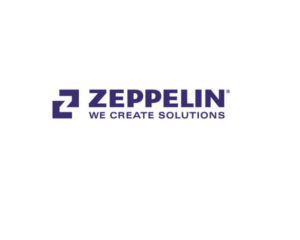IAV GmbH Ingenieursgesellschaft Auto und Verkehr
Our use case in the context of AutoQML is about tire modeling. Specifically, our question is: How can we address the forces on the tire with ML and AutoML as well as AutoQML? And if we add quantum technology, where do we stand? Tire modeling is no small undertaking from a physics perspective. Even if we try to reduce the dimensionality, we still end up with, for example, 24 input parameters and six output parameters per time step. For time series, one naturally needs several time steps at once, which is not yet representable in size and scope on a quantum computer. So, we took a small data set where we can control the dimensionality. As a use case, we chose a "filling prediction". This involves a time series prediction in the engine control unit and what will happen in the next time step. This prediction is also based on up to 12 input variables - but these are optional and thus controllable.
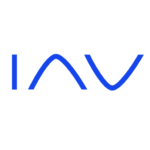
KEB Automation KG
KEB Automation operates a transport system (AGILOX) for intralogistics tasks at its headquarters in Barntrup (Germany). Each AGILOX vehicle is a driverless vehicle that navigates through plants and warehouses to transport items. Occasionally, a vehicle may break down for operational or technical reasons, causing an immediate stop that requires human intervention and causes delays in operations. The AGILOX system generates vehicle data about the vehicle and order status and makes it available to other services via REST interfaces. The goal of this use case is to develop a machine learning solution that monitors vehicle status and predicts potential failures by predicting whether a particular vehicle will fail at a predictable time in the future based on historical data. The final solution will be integrated into the KEB ecosystem to constantly monitor the "health" of the AGILOX system to improve intralogistics operations and reduce downtime costs.
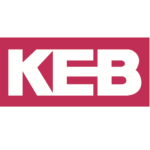
TRUMPF Werkzeugmaschinen GmbH + Co. KG
TRUMPF has specialized in the Laser Technology and Machine Tool Business Divisions. Advancing digitalization requires an increasing focus on intelligent, supporting software systems. In the context of AutoQML, sheet metal processing is optimized by a laser cutting machine. For laser cutting, the sheet metal is first placed on the support bars of the pallet. The pallet is then moved into the machine room, where the cutting head is located and cuts the parts out of the sheet metal. The main problem with this process is that the cut parts may tip over and cause a collision with the cutting head. To avoid this, determining the position of the support bars and their tips is of crucial importance for optimizing the cutting process. Image data and Machine Learning techniques are used to determine the presence of the support bars and possibly also their condition, for example the melting of the tips and the attachment of slag. Quantum computing may enable new and better solutions for these and many other problems in an industrial context in the future.
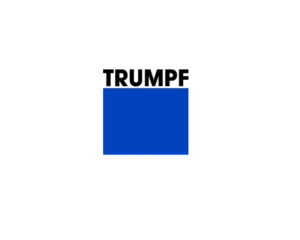
Zeppelin GmbH
The Zeppelin Group, with over 10.000 employees worldwide, is active in the construction and industrial sectors. Zeppelin Baumaschinen GmbH is Europe's leading sales and service organization in the construction machinery sector and has been the exclusive sales and service partner in Germany for Caterpillar Inc., the world's largest manufacturer of construction machinery, since 1954. In addition to new machines, used machines are also traded on a large scale. Trade with used machines requires the individual appraisal and evaluation of each machine that is to be bought or sold. This requires a high level of expertise, coupled with knowledge of current price developments, and usually leads to a valuation process lasting several hours. To support this process, Zeppelin GmbH is developing an AI-powered price prediction tool based on daily updated market data as part of the AutoQML research project. Existing ML and AutoML methods are extended and validated by quantum-based methods.
